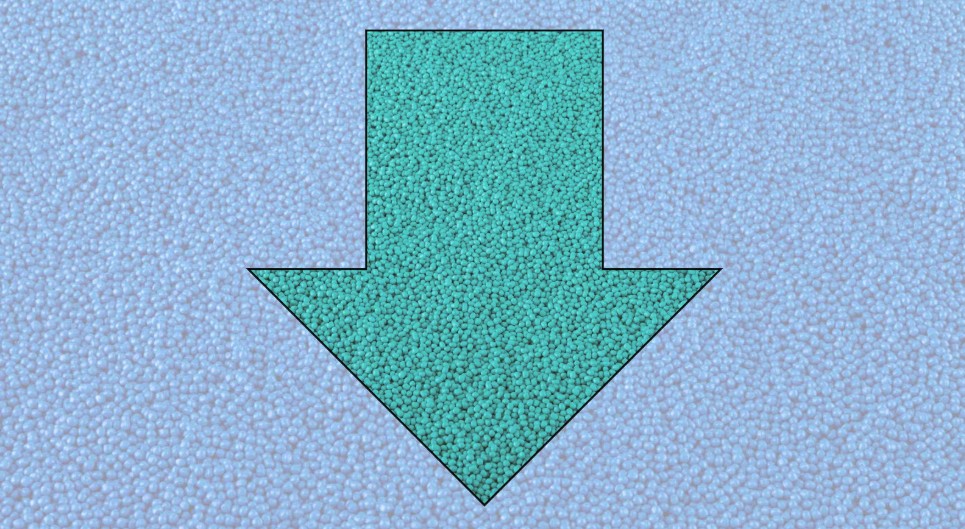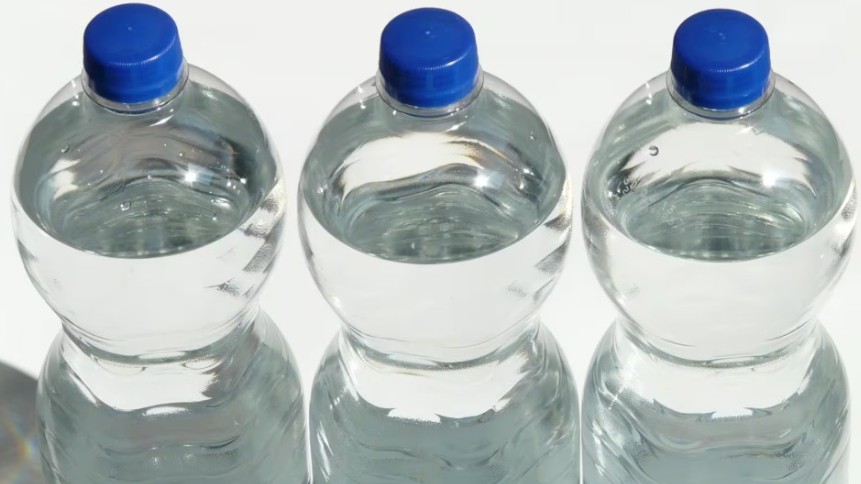Market trends
Processors and producers struggle with nylon 6/6 resin shortage
작성자 : Aeyoung Park
2018-07-05 |
조회 : 4226
- Nylon 6/6 resin has become hard to get in markets around the world
| ▲ Ascent Performance Materials McDivitt |
Tight supplies of adiponitrile (ADN) feedstock have caused supplies of nylon 6/6 resin to become tight as well, according to market sources contacted recently by Plastics News.
Resin market tightness in turn has led to higher prices for nylon 6/6, with some market sources citing increases of more than 50 percent — and as much as 80 cents per pound — in the last 18 months. Additional price increases were announced for July 1.
An executive with an Ohio-based injection molder summed up the nylon 6/6 situation.
"The market is tight all over and pricing is nuts," he said.
Rick Tizzard, sourcing director at distribution firm M. Holland Co. in Northbrook, Ill., added that the nylon 6/6 market "is balanced on the edge of a knife right now."
"Automotive companies will feel the [nylon 6/6] pinch the most, because there are so many applications there," he said, "but these materials are specified for those applications, and it takes time to get a replacement material specified."
In some cases, Tizzard added, nylon 6/6 users are trying to use nylon 6 instead. "Even if 5-10 percent [of nylon 6/6 users] did that, it would alleviate some pressure," he said.
"At this time, we are able to secure enough supply to cover our normal customer demand," added Shawn Williams, plastics senior vice president with distributor Nexeo Solutions in The Woodlands, Texas. "But we foresee the market continuing to get tighter before it gets better."
Distributors are even having difficulty sourcing wide-spec or reprocessed grades of nylon 6/6, according to Michael Bernich, producer sourcing vice president with distribution firm Jamplast Inc. in Ellisville, Mo. In some cases, Jamplast has offered customers biobased plastics as a replacement, he added.
Executives at nylon 6/6 makers Ascend Performance Materials and DowDuPont Co. said their firms are doing what they can in a tight market.
Phil McDivitt, CEO at Houston-based Ascend, said the tightness is being caused by several factors, including underlying growth in major end uses of nylon 6/6 such as automotive, industrial fiber and cable ties. Demand in these areas is growing more than 3 percent annually, with growth in a more specified product like airbags checking in at 6-8 percent.
McDivitt added in an interview with Plastics News that for several years, financial results in the ADN market weren't at a sufficient level to support investment. "If you look at the [ADN] industry, there was a lack of adequate returns for an extended period of time," he said. "As a result, there was a delay in making investments."
Several market sources also cited ADN production problems at the Butachemie joint venture between Invista and BASF SE in Ottmarsheim, Germany, as having an impact on the nylon 6/6 market. That site ranks as the world's largest ADN production unit.
In late 2017 and early 2018, Ascend added 110 million pounds of ADN capacity at its plant in Decatur, Ala. The firm plans to add almost 90 million pounds by the end of the year and almost 400 million more pounds by 2022.
"With a large site and our operational knowledge, we can add capacity in a modular fashion," McDivitt said. "Our strategy continues to be to expand in Decatur."
| ▲ DowDuPont Mayo |
Expect tight conditions through 2019
But even with these expansions, McDivitt expects the nylon 6/6 market to be tight through the end of 2019. He added that although the tightness has led to higher selling prices for nylon 6/6, materials that have been suggested as replacements still are more expensive.
"I think what this has shown us is that nylon 6/6 has been underpriced relative to its value," McDivitt said.
DowDuPont's Richard Mayo agreed that the market for nylon 6/6 and its derivatives in fibers and engineering plastics is "globally tight."
"We've seen strong demand for the last several years because nylon 6/6 is a great value proposition in engineering plastics," he said in an interview. "In automotive in particular, nylon 6/6 is used for lightweighting."
But Mayo, who serves as global nylon and polyester business director for DowDuPont, which is based in Wilmington, Del., and Midland, Mich., added that investments in ADN and other upstream feedstocks "haven't followed the same growth."
"At the aggregate level, there's more [ADN] demand than supply," he said. "In a way, [makers of 6/6] have been victims of our own success."
Mayo added that ADN sites on the U.S. Gulf Coast were impacted by hurricanes last fall. Those outages "created a big hole that the industry has struggled to recover from, and that's been exacerbated by issues with some big assets in Europe."
According to Mayo, ADN is the primary issue, but nylon 6/6 also has been challenged by problems with other feedstocks, such as adipic acid and HMD.
He added that supply problems for ADN and nylon 6/6 could last "at least until the end of next year." DowDuPont, which isn't back-integrated into ADN, "continues to meet the demand of long-time customers," but also is receiving "lots of enquiries from people looking for product."
Mayo added: "There's no need for long-term customers to look at alternate materials."
'Shortage?' Or an 'unsupported' claim?
The tight nylon 6/6 market also has led to a bit of a war of words between Ascend and distribution firm PolySource LLC of Independence, Mo.
In May, PolySource applications development director Cliff Watkins, a 30-plus-year industry veteran, circulated a document titled "How to survive the structural [nylon] shortage." In the three-page document, Watkins details historic reasons for the shortage and recommends several possible replacement materials.
He cited DuPont — now DowDuPont — exiting ADN production as a reason for current tightness of that material.
"Chemical plants only make money when they are run at full capacity, and without a strategic underpinning (like which came from DuPont), no one builds plants far ahead of forecasted need," Watkins wrote.
He added that capacity additions announced by ADN makers "won't be sufficient to meet market demand until 2021 at the earliest." Potential nylon 6/6 replacements offered by Watkins and PolySource include nylon 6, aliphatic polyketone, PPA high-heat nylon and polybutylene terephthalate.
Ascend responded to Watkins' document with a reply from senior business director Dharm Vahalia, which challenged and criticized several of Watkins' points. "While we recognize the concern surrounding nylon 6/6 supply, the hysteria exhibited in [the PolySource article] is unfounded," he wrote.
The "full production" claim "is … refuted by the ability to increase capacity through debottlenecking, meaning that the process being debottlenecked was previously running below capacity," according to Vahalia, who has almost 20 years of industry experience.
He added that the claim of ongoing ADN undersupply "is unsupported by third-party analysis and that it's "misleading" to suggest that other materials could easily replace nylon 6/6.
"Making claims against a competitive product without legitimate supporting data is an area where the industry needs to improve and be more transparent," Vahalia said.




















